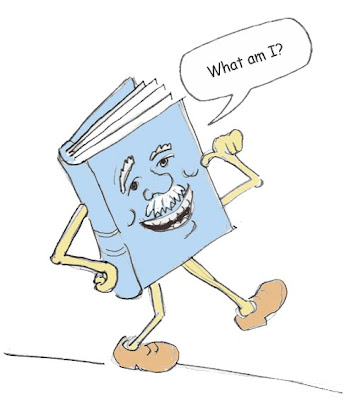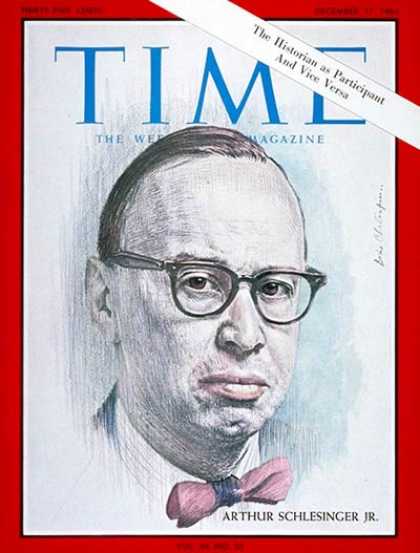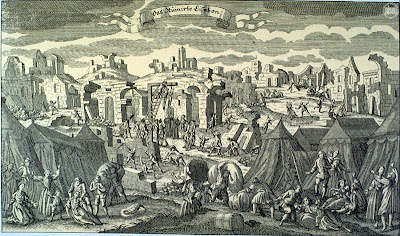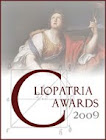Heather Cox Richardson
Recently, I went over the importance of the
Paris Commune in American politics in the 1870s with a group of teachers. As we examined James S. Pike’s 1874
The Prostrate State, written by a man consumed with concern over the Commune, one of them noticed Pike’s reference to “the Southern Bourbon.”

With France firmly in mind, he asked if Pike had been referring to the French aristocracy when he used that term.
I’ve studied nineteenth-century American politics for almost thirty years, and have written extensively on the importance of the Paris Commune to American political thought, but this had never occurred to me. To the degree I even thought about it, I honestly thought the Bourbon Democrats were dubbed that because they drank bourbon.
So as soon as I got home, I set out to track down where, exactly, the name “Bourbon Democrat” came from. That search yielded an answer—of sorts—and it also revealed just how much work historians can now do on the internet.
Most general histories on-line and scholarly articles (available on
JSTOR), where I started, examined the Bourbon Democrats themselves rather than their name, and dated their importance from 1875 or 1876 to the turn of the century. They noted that the Bourbons were straight-out, old-fashioned Southern Democrats who stood against black rights.
But Pike used the term in his book in 1874. Where did he get it?
To find out, I started where I almost always start a nineteenth-century search: with the
New York Times (available at the
Historical New York Times). That turned up surprising little from this continent. There were a large number of stories from the very beginning of the newspaper’s publication in 1851, though, referring to the Bourbons of France and Spain. Obviously, “Bourbon” was a term with which Americans would have been very comfortable, and which they would have associated with the European aristocrats. (There were also a few advertisements for bourbon whiskey).
The first time I found a reference to “Bourbon Democrats” in the
New York Times was in 1872. It was in an article that looked to the upcoming presidential election and attacked the Democrats by arguing that the “Bourbon Democrats” were the same men who had in 1864 been strong advocates of peace with the South and a return to pre-war conditions. They were essentially unchanged, still firm Confederates. (
New York Times, May 8. 1872, p. 4.)
From the
New York Times I went to the
Chicago Tribune, where I found the term “bourbons” used in an editorial in May 1872. There, though, the term was used for extremists on both sides. The editorial complained about how “bourbons” in both parties were hurting the nation. (
Chicago Tribune, May 31, 1872, p. 4).
So far I had discovered that, in the same month, the
New York Times had used the term as if its meaning were established and the
Chicago Tribune had used it as if its meaning were still malleable. Clearly, it had emerged shortly before May 1872.
My next stop was the
New York Daily Tribune. Its editor, Horace Greeley, was a political animal and could even have invented the term, I figured. The
New York Daily Tribune is on that incredible Library of Congress website,
Chronicling America. On March 5, 1872, Greeley published the first salvo in James Pike’s attack on Republican Reconstruction policies in the South. In this article, titled
“A State in Ruins,” Pike referred to South Carolina’s antebellum leaders as an “aristocracy,” before going on to argue that those leaders were now being trodden underfoot by black upstarts. This was the same part of his argument that used the term “Southern Bourbons” in his book—the one the teacher identified. This put aristocracy and “Bourbons” together.

Was there an earlier reference to “Bourbons” that might clarify why Pike used the term?
Perhaps. In May 1871, an editorial in the
New York Daily Tribune identified as Bourbon Democrats a faction of the Democratic Party in Bourbon County, Kentucky. According to the editorial, the faction was made up of ex-Rebels who had not fought in the war, and who still spouted extremism. They refused to recognize the 14th or the 15th Amendments to the Constitution, and abhorred black voting. Gaye Keller Bland, in
The Kentucky Encyclopedia—where I went next—had a slightly different take on this group, saying they took their name not from Bourbon County (although they were centered there) but from the House of Bourbon that “held to royal tradition after the French Revolution.” Bourbon County, though, according to the article above Bland’s in the encyclopedia, was named for the French royal family.
So was it a county political faction or the French Bourbons who prompted the name Bourbon Democrat? A final newspaper article might provide the answer. On September 20, 1871, the Louisiana Democrat (also at Chronicling America) stood firm against the Democrats who wanted to accept the Reconstruction amendments and move forward. It made the term a symbol of the entire Old South when it said “. . . we believe that when the old Bourbon banner, torn, tattered and fragrant with the blood of a hundred thousand heroes, kisses the sunlight again, victory will nestle in its folds.” (
Louisiana Democrat, September 20, 1871, p. 3)
So my best guess is that the term began by identifying a Democratic faction in Kentucky, but quickly got picked up as a reference to the French royal family that stood against the French Revolution. In 1871, Southern Democrats described themselves as the bastions of old tradition and culture, standing in the storm of socialism unleashed by the dregs of society. It only made sense to pick up the limited Kentucky name and use it more widely to describe those who held to the Old South as Bourbons. This was precisely the sentiment of Pike’s The Prostrate State.
So, in answer to that teacher’s question: while Pike’s work in general referenced the Paris Commune, in
The Prostrate State he used the term “Bourbons” to invoke those who stood against the French Revolution. (Of course, the two French events tended to run together in Americans’ minds.) Two things are even more certain: that many of the Bourbon Democrats drank bourbon was clearly incidental, and that you can do more research now from home than you could do even a few years ago in most libraries.































